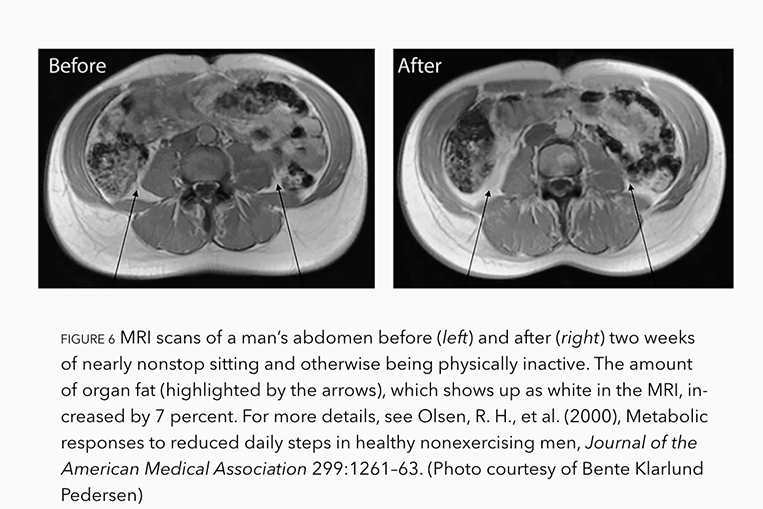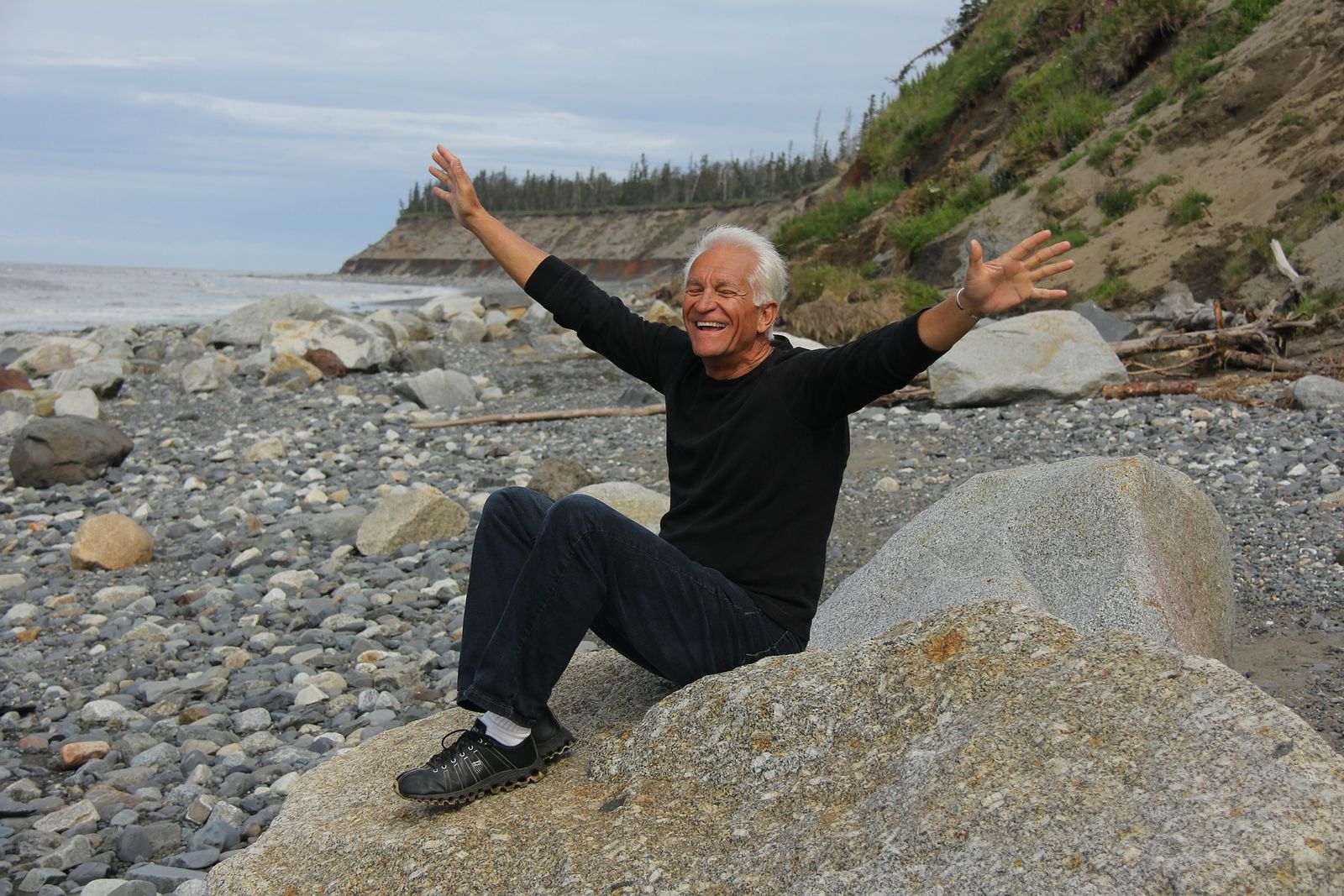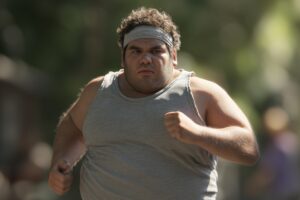Your age is nothing more than a chronological number because you have an enormous degree of control over how you age.
We all know people in their 60s or 70s who look and act twenty or more years younger. We also know people in their 20s, 30s, and 40s who look and act … old.
So, let me ask you a question:
Do you like your body?
I’m serious, do you really like it? Oh, sure, we’d all love to have bodies like the models gracing the covers of fitness magazines, but wishful thinking aside, how much do you care about looking after the body you have?
I know it sounds a little strange, but we should be asking ourselves this question with greater frequency, particularly as we age. We’re all familiar with the phrase “use it or lose it,” and it’s particularly apropos when it comes to our bodies.
For example, astronauts living in microgravity can lose 20 percent of their muscle mass in just a few days and as much as 2 percent of their bone mineral density in just a month. In fact, in less than two weeks of microgravity, astronauts find it difficult even to walk when they first return to Earth.
When an arm or leg is in a cast for any length of time, immobility causes the muscles to shrink and atrophy since our body doesn’t bother feeding limbs that aren’t being used … which is like time-lapse photography of aging for anyone living a sedentary lifestyle.
You may have heard that losing muscle mass (sarcopenia) is a natural part of ageing. Not so! Previous research suggests that between the ages of 40 and 50, a person loses 8 percent or more of their muscle mass. Still, these studies often use animals and “sedentary” subjects instead of healthy young adults.
So, to determine if ageing alone was the cause of decreasing muscle mass, a study at the University of Pittsburgh gathered 40 competitive runners, swimmers, cyclists, and triathletes between the ages of 40 and 81 and had been training four to five days a week. The researchers measured the athletes’ muscle mass, leg strength, and adipose (fat) tissue. As you can see from the pictures below, regular exercise results are indisputable and astonishing. (1)

According to Dr. Vanda Wright, one of the lead researchers in the study,
These results fly in the face of what we know about aging. We thought the changes were due to aging actually seems to be due to inactivity. The body is designed to adapt. There’s never a time when you can’t change your health and body composition.
According to Dr. William Evans of the Tufts University Center on Aging, no group in our population can benefit more from exercise than senior citizens. In fact, the muscles of elderly people are just as responsive to weightlifting as those of younger people.
A 12-week program of strength training using 60- and 70- 70-year-old men resulted in substantial increases in strength (their lifting ability went from 44 to 85 pounds) and in larger and leaner muscles with significantly less fat around them. (2)
A further 8-week study of 87- to 96-year-old women confined to a nursing home showed that resistance exercise tripled their muscles’ strength and increased their size by 10 percent. (2)
In fact, by adopting a lifestyle of physical activity, you can regain much of the vigour, vitality, muscular strength, and aerobic endurance you may have thought were gone forever.
Physical activity is the great anti-ager. We need to use our bodies to continue using them.
The good news is that we have a second chance to right some of the wrongs we may have committed in the past, and that means that making “age” nothing more than a number is entirely up to you!
References
- Wroblewski, A.P., Amati, F., Smiley, M.A., Goodpaster, B., Wright, V., “Chronic Exercise Preserves Lean Muscle Mass in Master Athletes,” The Physician and Sports Medicine; 39(3): September 2011,172––178
- Evans, W., Rosenberg, I.H., “Biomarkers: The 10 Keys to Prolonging Vitality”, Fireside, Simon & Shuster, New York, NY, 1992






